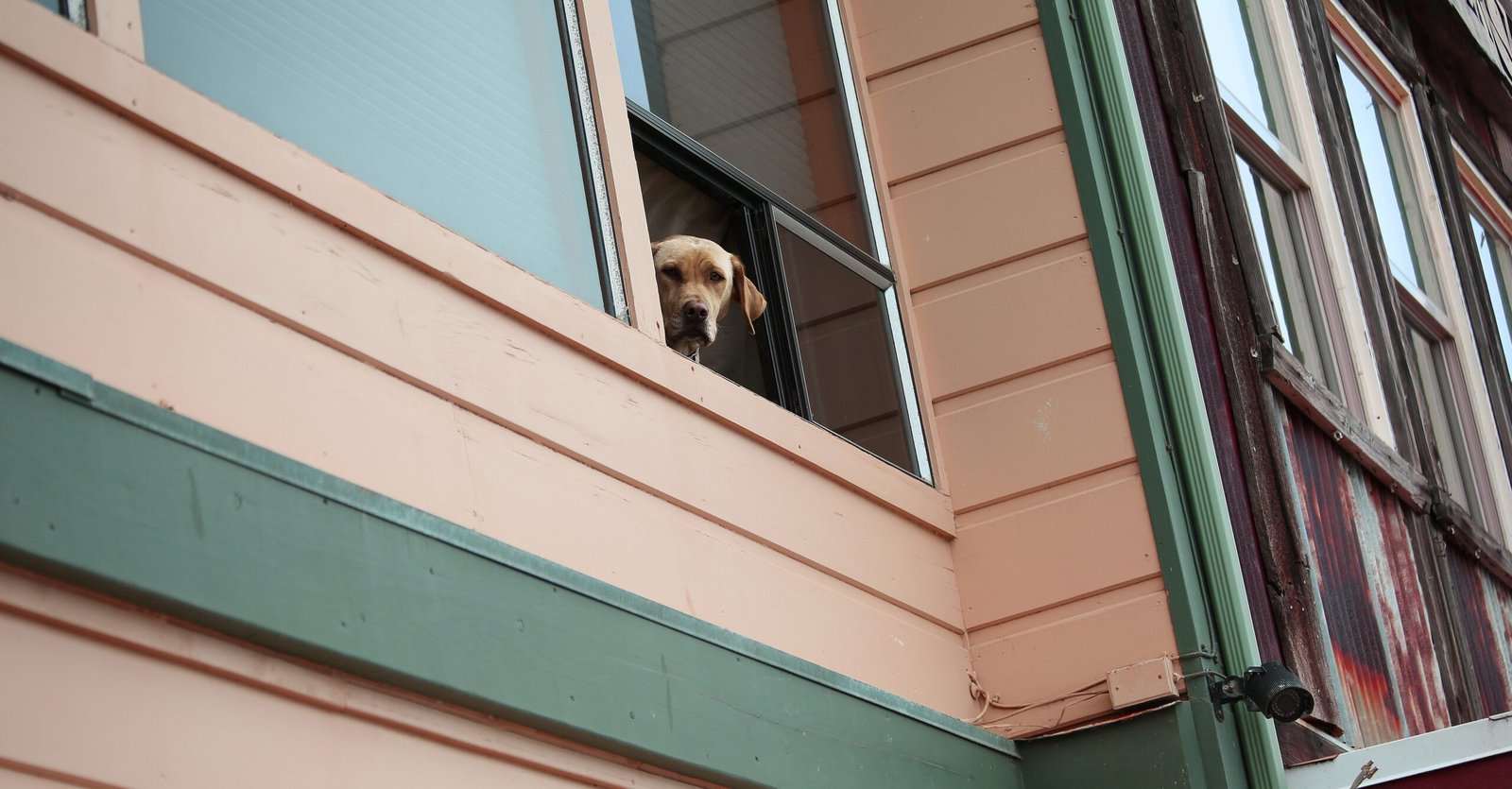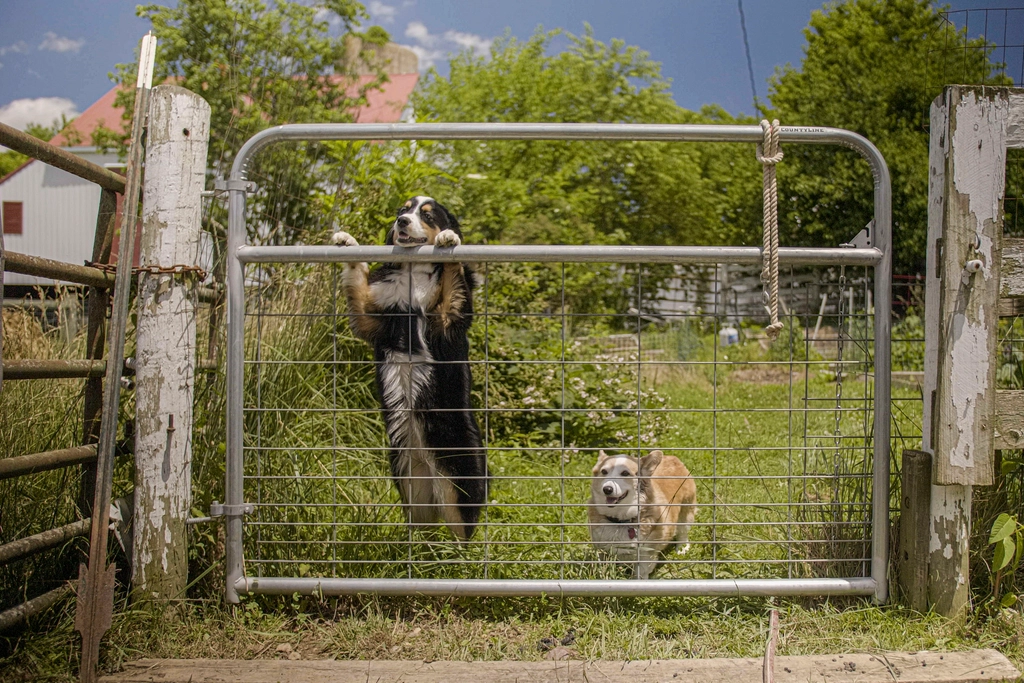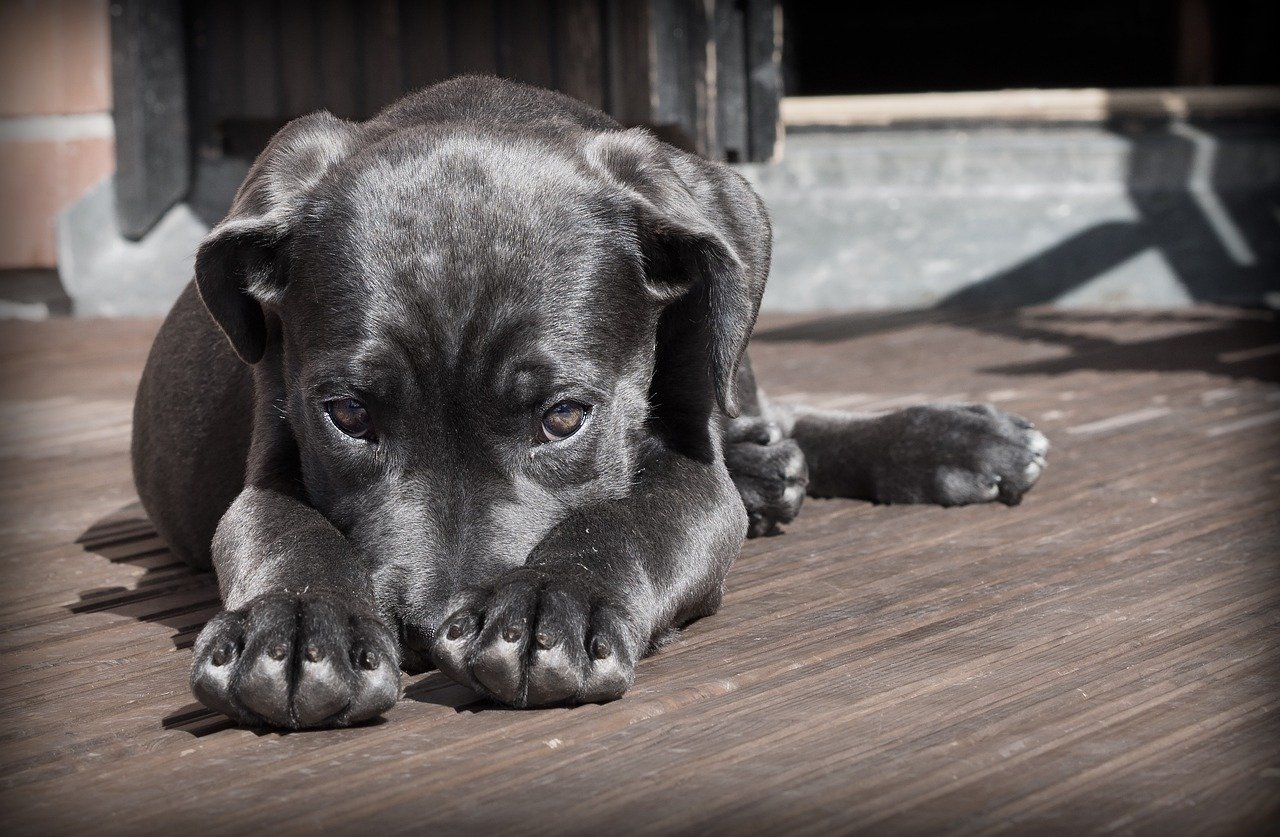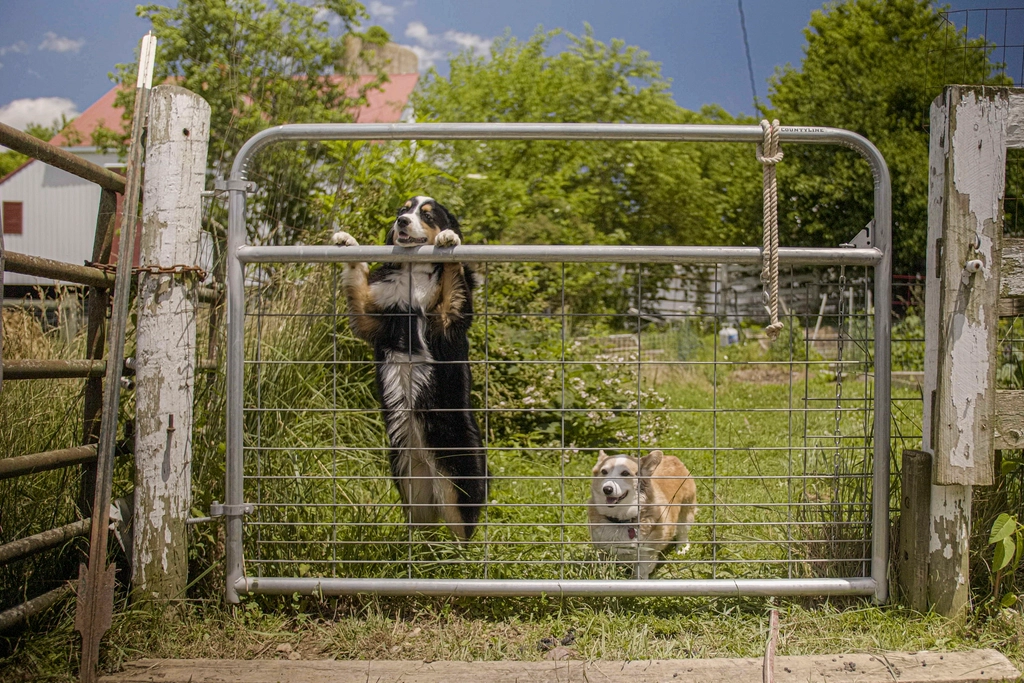Whether you’re a seasoned dog owner or a first-time pet parent, understanding the factors that can cause stress and anxiety in your furry friend is crucial. Dogs, much like humans, experience a range of emotions, and their mental well-being is just as important as their physical health. By identifying these stressors, you can provide a nurturing environment that fosters peace and happiness for your beloved pet. Let’s delve into the top ten things that can trigger anxiety and stress in dogs, ensuring you’re equipped to offer them the best care possible.
Separation Anxiety: Loneliness Woes

One of the most common causes of stress in dogs is separation anxiety. Dogs are inherently social animals, and when left alone for extended periods, they may experience feelings of loneliness and fear. Picture yourself in a room with no company, day in and day out—it’s not a pleasant thought, is it? Similarly, dogs can become distressed when their human companions leave the house. They might bark excessively, chew on furniture, or even have accidents indoors. To alleviate this, gradually acclimatize your dog to being alone and consider leaving toys or treats to keep them occupied.
Loud Noises: Thunderstorms and Fireworks

Loud noises such as thunderstorms and fireworks can be terrifying for dogs. Their acute sense of hearing makes these sounds much more intense for them compared to humans. Imagine being in a concert where the music is overwhelmingly loud—it’s enough to make anyone anxious. Dogs might tremble, hide, or exhibit destructive behavior when faced with such noises. Creating a safe space in your home where they can retreat during these events, or using calming aids like thunder shirts, can help reduce their anxiety.
Changes in Routine: Unpredictability

Dogs thrive on routine and predictability. Sudden changes, whether it’s a new feeding schedule or a move to a new home, can be unsettling. Consider how you might feel if you suddenly had to adjust to a new job or city without much warning. Maintaining a consistent routine as much as possible provides a sense of security for your furry friend. If changes are inevitable, introduce them gradually, offering plenty of reassurance and affection along the way.
Strangers and New Faces: The Unknown
Meeting new people can be a daunting experience for dogs, especially those that are naturally shy or have not been well-socialized. Much like humans, dogs can be wary of strangers and may react with fear or aggression. Imagine walking into a room full of unfamiliar faces; it can be overwhelming. Socializing your dog from a young age and exposing them to different environments can help them become more comfortable with new experiences and people.
Other Animals: Territorial Tensions

Introducing a new pet or encountering other animals can sometimes lead to stress for your dog. Dogs are territorial creatures, and the presence of another animal can make them feel threatened. It’s akin to having a new roommate suddenly move into your personal space. To ease this transition, introduce animals gradually and supervise their interactions until they become accustomed to each other.
Health Issues: Physical Discomfort
Just like humans, dogs can experience stress and anxiety when they are unwell. Health issues, whether it’s pain, allergies, or chronic conditions, can significantly impact their mood and behavior. If your dog seems unusually anxious or stressed, it might be worth consulting a veterinarian to rule out any underlying health problems. Regular check-ups and a balanced diet can go a long way in maintaining your dog’s overall well-being.
Lack of Mental Stimulation: Boredom Blues
Dogs are intelligent creatures that require mental stimulation to stay happy and healthy. A lack of toys, games, or activities can lead to boredom and, consequently, stress. Imagine being stuck at home with nothing to do—it’s not enjoyable. Engage your dog with puzzle toys, training sessions, or regular playtime to keep their minds active and content.
Inadequate Exercise: Pent-Up Energy

Exercise is crucial for a dog’s physical and mental health. Without sufficient exercise, dogs can become restless and anxious, much like how we might feel after being cooped up indoors for too long. Regular walks, playtime, and other physical activities help burn off excess energy and keep your dog calm and relaxed. Tailor the exercise regimen to your dog’s age, breed, and energy level to ensure they’re getting what they need.
Negative Experiences: Trauma and Fear

Past negative experiences, such as abuse or neglect, can leave lasting impressions on dogs, causing them to be anxious or fearful in certain situations. It’s similar to how a traumatic event might affect a person’s behavior and emotions. Patience, understanding, and positive reinforcement are key to helping a dog overcome such anxieties. Building trust and providing a safe, loving environment can make a world of difference.
Changes in Household Dynamics: Family Shifts
Dogs are sensitive to changes in their environment, and shifts in household dynamics, such as the arrival of a new baby or the departure of a family member, can cause stress. It’s like adjusting to a new chapter in life, which can be challenging for both humans and animals. Gradual introductions and maintaining a routine can help ease the transition, ensuring your dog feels secure and loved.
Understanding the factors that contribute to your dog’s stress and anxiety is the first step in providing them with a supportive and loving environment. By addressing these triggers, you can help your furry friend lead a happier, more relaxed life. Remember, the well-being of your dog is as important as your own, and with a little attention and care, you can make a significant difference in their world.


Linnea is a born and bred Swede but spends as much time as possible in Cape Town, South Africa. This is mainly due to Cape Town’s extraordinary scenery, wildlife, and atmosphere (in other words, because Cape Town is heaven on earth.) That being said, Sweden’s majestic forests forever hold a special place in her heart. Linnea spends as much time as she can close to the ocean collecting sea shells or in the park admiring puppies.






